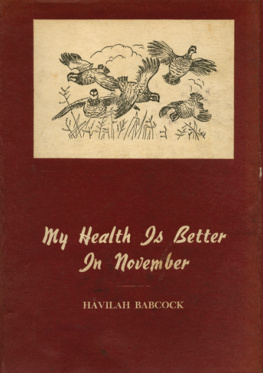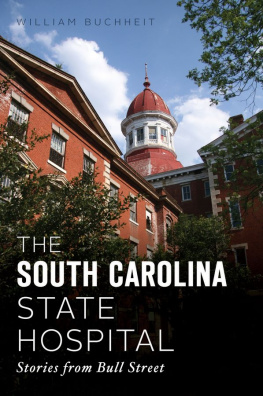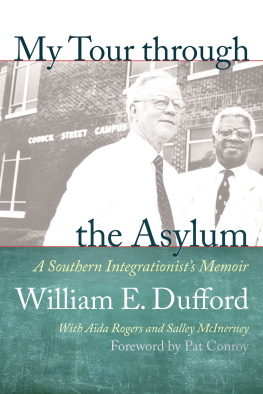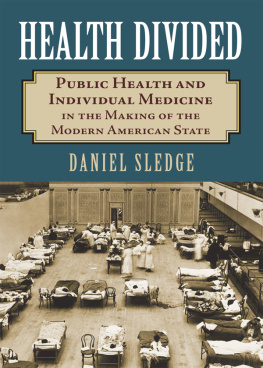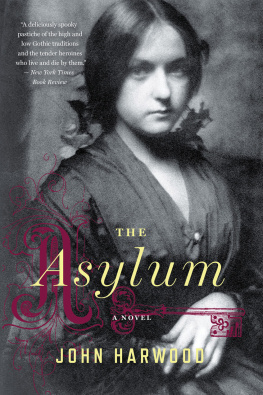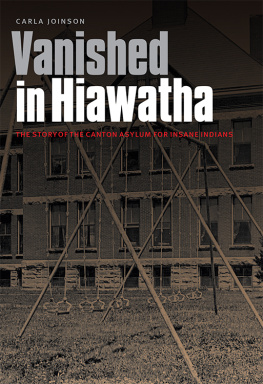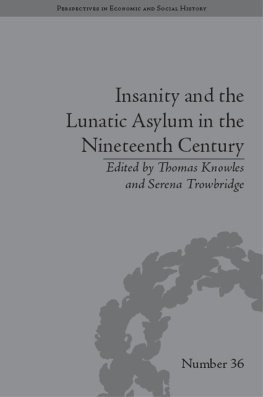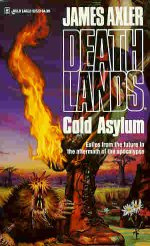PREFACE
T HIS BOOK TRACES BACK TO 19441946 when I was a toddler living with relatives in Anderson, South Carolina, where my uncle ran a textile mill. A silver bowl of tan-colored tablets sat on the mahogany dining table. I snitched them by the handful. I loved the tastebrewers yeast.
When my father came back from the war we returned to Columbia, where he resumed his dermatology practice at 1515 Bull Street. The older boys in the neighborhood teased us incessantly: Bull Street Bull Street! When I went off to grammar school I kept it a secret that Dads office was on Bull Street.
During the summer of 1961 my best friend was Arthur Simons. I never went to his house without admiring a pair of crossed racing oars. The inscriptions marked races won and Arthur said theyd been his grandfathers.
Unwittingly, I followed a path blazed by the oarsman.
I went north, rowed on the Charles River as an undergraduate (albeit in a wherry, not a racing shell), studied medicine, and, after missing out on my eras racial excitement (the dismantling of Jim Crow), returned home to spend my career within a three-mile radius of where the oarsman spent histhe old asylum on Bull Street and, later, the Waverley Sanitarium. I learned more about the oarsman through articles by my late friends William S. Hall (Psychiatrist, Humanitarian, and Scholar: James Woods Babcock, M.D.) and S. Hope Sandifer (Pellagra in South Carolina). Like the oarsman I found myself, because of my chosen medical specialty, in the vanguard against a mysterious, highly-lethal, new disease (HIV/AIDS) that affected nearly every organ system and caused among the general public great concern, sometimes bordering on hysteria. Like him I started a task force, taught my colleagues and the public, arranged for care of the disadvantaged in central South Carolina (through a federal grant), and became concerned especially for African American women, who suffered disproportionately. Also like him I rose to a senior administrative position for which I was unprepared, knew the frustrations of titular authority without real power over other doctors, proved more adept at tracing the history of institutional problems than at solving them, and sublimated by turning to history and biography.
In 1998 Shane Mull, then a first-year medical student and now Doctor Mull, approached me about a summer project on Babcock, the oarsman. Could Babcock claim priority for recognizing epidemic pellagra in the United States? Babcock said no. Whenever someone gave him such credit, as the governor of South Carolina once did before a large audience, he immediately deferred to others. And he would tell us that recognizing a full-blown case of pellagra does not count for muchits an easy call if youve read a description of the disease.
We next examined whether Babcock understood the dietary-deficiency hypothesis before 1914, when the U.S. Public Health Service turned its pellagra effort over to Joseph Goldberger, the storys eventual hero. Babcock reminded us that for nearly two centuries, beginning with the Spaniard Gaspar Casl, nearly all students of pellagra advocated better diet. And Babcock never speculated about causation except for a general sympathy with the Zeists (those who thought corn had a lot to do with it). He had little if any training in research and was a busy asylum superintendent. I eventually learned, however, that he was among the first to see the analogy between pellagra and two other vitamin-deficiency diseases, beriberi and scurvy.
Shane Mull did an outstanding job during the summer of 1999 and a subsequent elective rotation but graduated from medical school, finished a residency, started a family, and now practices emergency medicine and serves as a lieutenant colonel in the National Guard. Dr. Charles N. Still, the third member of our band, dropped out for other pursuits. I was left staring at the prospect of a full-length biography involving extensive primary and secondary sources. Was the project worthwhile?
I ultimately said yes for several reasons.
First, three distinguished historiansEdward Beardsley of the University of South Carolina, Peter McCandless of the College of Charleston, and Todd Savitt of East Carolina Universityall felt Babcock deserved a biography. He was South Carolinas first trained psychiatrist or alienist, an asylum superintendent during a difficult time in the history of asylums, a conspicuous public figure, and, shortly after his death, one of two South Carolina physicians listed in the Dictionary of American Biography.
Second, Babcocks leadership in the American response to pellagra is well known. All contemporaries credited him for starting and maintaining a National Association for the Study of Pellagra. Its three triennial meetings at a most unlikely venue, Babcocks woefully underfunded South Carolina State Hospital for the Insane, became milestones in the conquest of pellagra: a call-to-arms (1909), the introduction of the vitamin-deficiency hypothesis on American soil (1912), and the announcement of Joseph Goldbergers breakthrough (1915). As opposition arose to Goldbergers inconvenient truth that the root cause was southern poverty, Babcock tried but failed to preserve the cooperation and goodwill that had theretofore characterized the American pellagra effort. The consequences were tragic for thousands of Americans.
Finally, no previous book has dealt exclusively with the pre-Goldberger era of pellagra in the United States (that is, between 1907 and 1914). This era, I suggest, constitutes a significant chapter in the coming-of-age of American medical science. Americans felt deep inferiority to Europeans. English was not yet the lingua franca for scientific discourse. The extent to which a patchwork coalition of practicing physicians, asylum superintendents, and local health officials established an American competence in a newly recognized disease and chased its cause had no precedent. Social historians have written extensively about reactions to Goldbergers inconvenient truth, but less attention has been paid to what happened before February 1914, when Goldberger boarded a southbound train.
A story-within-the-story concerns the charismatic European Louis Sambon who, committed to his creative idea that flies of the genus


